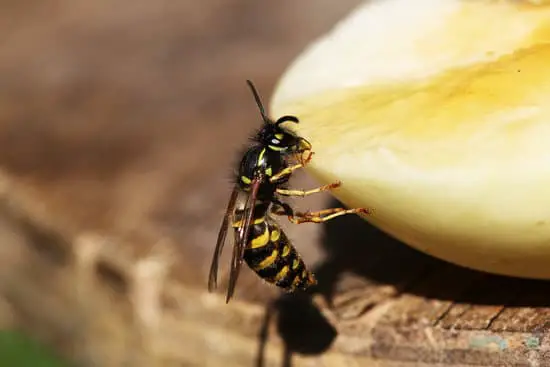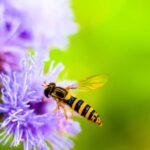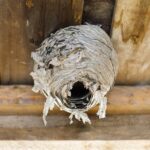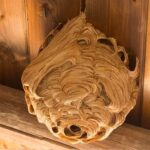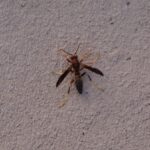Yellow Jacket Wasps
Among the many different kinds of wasps, yellow jackets are one of the most dangerous. Their stinging attacks can be life-threatening. They can also be very aggressive.
These insects are attracted to food, water, and flowers. They often build nests in tree hollows, bushes, and chimneys. They also build nests in the underside of sheds, decks, and a variety of other structures.
The yellow jacket is a social wasp. This means that the yellow jackets live in colonies with a queen and workers. A colony can be very large and contain hundreds of individuals. A colony can be as large as 15,000 individuals. Most yellow jacket colonies are underground. In the spring, a single female queen builds a nest and lays eggs in individual brood chambers.
After the eggs hatch, the queen feeds them for around 18 days. After that, the larvae pupate. The pupae are white and are grublike. They will then develop into adult yellow jackets.
Yellow jackets are considered to be stinging pests because they sting repeatedly. They also attack people. If they sting you, you will usually feel a pain at the site of the sting. If you are allergic to the stings, you should not be in contact with the wasps.
Yellow jackets build nests in wood and paper. They are extremely protective of their nests. If you are disturbed, they will bite and sting you at the same time. They are also known to live in large colonies. Some colonies can survive several years.
